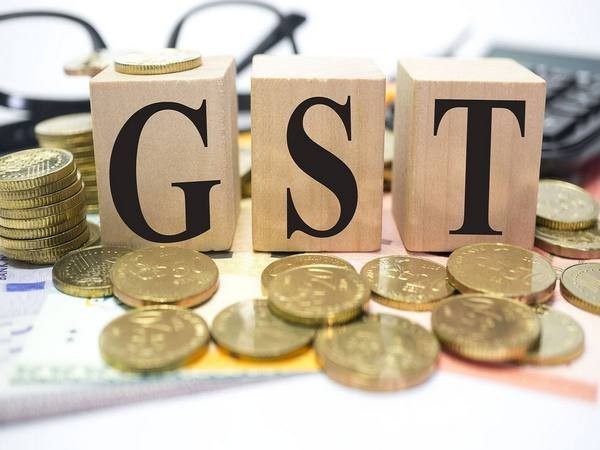
EDITORIAL
- जून 11, 2023
- 0
It is natural for the government to keep an eye on the flow of black money in the economy and take measures to control it. In relatively mature economies, greater attention is paid to bringing the most productive activities within the ambit, so as to minimize tax evasion or non-payment.
However, this is done in a transparent and effective manner so that there is no inconvenience to the general public and taxpayers. The current Indian administration has reiterated several times that it wants to protect taxpayers from harassment or excessive interference. In this direction, the government has taken several steps, including the implementation of faceless taxation and other measures.
Recently, the RBI announced that 2,000 rupee notes will be phased out, although their validity will be maintained. However, this latest step has no connection to the announcement of demonetization in 2016, but it has refreshed memories of the turmoil and chaos that occurred at that time.
The Reserve Bank of India has stated that the objective of issuing 2,000 rupee notes has been achieved, and its “time limit” has also expired. There is very little doubt regarding this matter, as reducing cash transactions and high-value cash dealings is one of the objectives of this initiative.
The 2,000 rupee note accounts for about 10-12 percent of the total currency circulation. In the past 6-7 years, the scope of digital transactions and e-commerce has significantly increased. Today, people prefer to carry out even small transactions in a digital manner. Some individuals may face inconvenience for a short period of time.
However, in the long run, this step can prove to be beneficial for the economy. Those who possess a large number of these notes may hesitate to deposit them in banks. As a result, such currency may either be used for payments or circulated in the market for purchases. This can lead to an increase in economic activities. If this happens, it can bring new life to the business sector.
सुरेश बाहेती
9050800888
अर्थव्यवस्था में काले धन के प्रवाह पर नजर रखना और इस पर अंकुश लगाने के लिए उपाय करना सरकार के लिए स्वाभाविक सी बात है। तुलनात्मक रूप से अधिक परिपक्व अर्थव्यवस्थाओं में सर्वाधिक उत्पादक कार्यों को कर दायरे में लाने का पूरा ध्यान रखा जाता है ताकि कर वंचना या कर भुगतान में आनाकानी की गुंजाइश नहीं रह जाए।
मगर यह पारदर्शी एवं प्रभावी तरीके से किया जाता है ताकि आम लोगों एवं करदाताओं को किसी तरह की असुविधा नहीं हो। वर्तमान भारतीय प्रशासन कई बार कह चुका है कि वह करदाताओं को परेशानी या अत्यधिक हस्तक्षेपं से बचाना चाहता है। इस दिशा में सरकार ने मानव रहित कराधान (फेसलेस टैक्सेशन) सहित कई कदम भी उठाए हैं।
हाल ही में आरबीआई ने कहा कि 2,000 रुपये के नोट वापस लिए जाएंगे, यद्यपि इनकी वैधता बनी रहेगी। हालांकि, इस नवीनतम कदम का 2016 में की गई नोटबंदी की घोषणा से कुछ लेना देना नहीं है मगर इससे उस समय मची अफरा-तफरी की यादें एक बार फिर ताजा हो गई हैं।
केंद्रीय बैंक ने कहा है कि 2,000 रुपये जारी करने का उद्देश्य पूरा हो गया है और इसकी ‘समय सीमा’ भी समाप्त हो गई है इस बात को लेकर शक बहुत कम रह गया है कि नकदी और उच्च मूल्य वाले नकदी लेनदेन को कम से कम करना इस पहल का एक मकसद है।
2,000 के नोट कुल चलन में मुद्रा का 10-12 फीसदी हिस्सा है। पिछले 6-7 सालों में डिजिटल लेनदेन और ई-कामर्स का दायरा काफी बढ़ा है। आज लोग छोटे से छोटा लेनदेन भी डिजिटल तरीके से करना पसद करते है। कुछ लोगों को थोडे समय के लिए परेशानी हो सकती है।
ल्ेकिन लंबे समय के लिए यह कदम अर्थव्यवस्था को मजबुत करने वाला कदम साबित हो सकता है। जिनके पास ज्यादा नोट होंगे, वो बैंक में जमा करने से हिचकीचाएंगे। और इसीलिए ऐसी रकम या तो भुगतान के रूप में या खरीदारी के रूप बाजार में चलन में आएगी। इसमें आर्थिक गतिविधियां बढ़ने की संभावना बहुत ही अधिक हो जाती हैं। और अगर ऐसा होता है तो व्यापार में नई जान आ सकती है।
सुरेश बाहेती
9050800888






























































